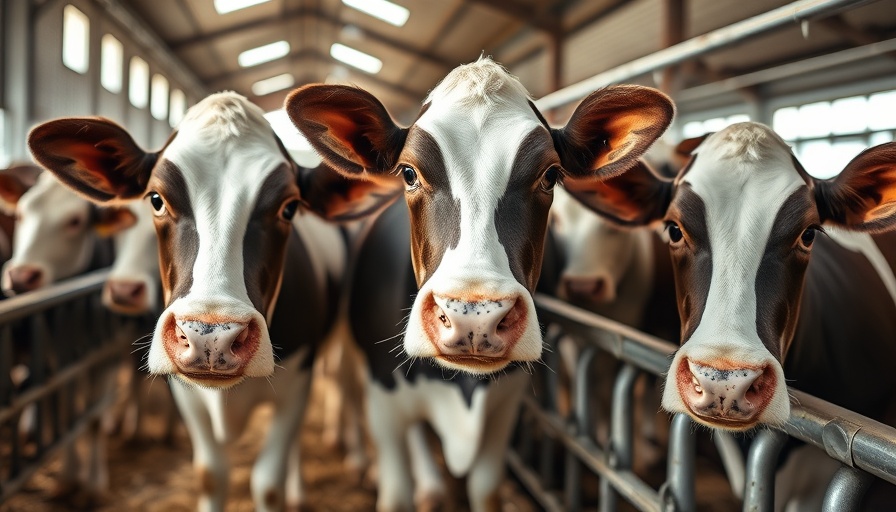
Salmonella Dublin: A Hidden Threat in Your Kitchen
As health-conscious individuals, we often scrutinize our diets for nutrients, calories, and proper fitness regimens. But what if I told you that lurking in our everyday food choices lies a silent threat: Salmonella Dublin? This strain of bacteria has recently come under the spotlight for its potential to pose a serious risk in beef and dairy products. Understanding this threat can empower you to make safer food choices.
Historical Context and Background
Salmonella Dublin is not a common name tossed around at the dinner table, but its impact can be profound. Unlike the widely known Salmonella Typhimurium and Enteritidis, which primarily affect poultry and eggs, Salmonella Dublin is particularly associated with cattle and can be transmitted through contaminated beef and dairy products. This bacteria has been reported to cause outbreaks, leading to severe gastrointestinal illnesses, and is especially troubling for vulnerable populations such as young children and the elderly.
Why This Matters for Health-Conscious Consumers
For those of us aged 35 to 55, maintaining a healthy lifestyle is paramount. Our metabolism may be slowing, and our bodies require more careful attention in what we consume. Men in this age group are typically concerned about their fitness, nutrition, and overall health. Yet, many might overlook the hazards that can come from seemingly benign food items, such as unpasteurized dairy or undercooked meat. Understanding the implications of Salmonella Dublin can lead us to more mindful purchasing and cooking practices.
How Salmonella Dublin Spreads
Salmonella Dublin can spread through various mechanisms. Contaminated beef may make its way onto our grills, or unpasteurized milk might become part of our morning routine. Cooking meat thoroughly, ensuring pasteurization of dairy, and adhering to safe food handling procedures can significantly decrease the risk of infection. As fitness enthusiasts, we strive for optimal performance; however, an illness from foodborne pathogens can sideline our routines.
Future Predictions and Trends in Food Safety
The landscape of food safety is continuously evolving. With the rise of health awareness, more consumers are pushing food producers to adopt safer practices. Innovations in food safety technology, from better monitoring systems to improved agricultural practices, can help ensure contamination levels are observed and controlled. As people concerned with health metrics, being aware of these advancements allows us to demand better from food suppliers.
What Can You Do?
Education is critical in combating foodborne illnesses like Salmonella Dublin. Don’t just stop at washing your hands after handling food; educate yourself on the origins of the products you buy. Opt for grass-fed beef and organic dairy, which are often subject to more rigorous health safety standards. As professionals, we typically understand the importance of quality in our workplace; let’s transfer that same diligence to our kitchens.
Common Misconceptions About Food Safety
One myth worth addressing is that organic foods are automatically safer. While organic products can reduce exposure to pesticides and certain antibiotics, it does not guarantee that they are free from pathogens like Salmonella. Staying vigilant and educated about every food source helps dismantle these misconceptions and enhances our overall health journey.
Final Thoughts: Your Role in Food Safety
Bringing awareness to Salmonella Dublin exemplifies how interconnected our health choices are with food safety. By taking actionable steps—from supporting better farming practices to understanding food labels—we can help create a healthier food environment. Remember, your health is in your hands. Let's prioritize it by being informed and making smarter choices at the grocery store and in our kitchens.
If you found this information valuable, consider delving deeper into food safety guidelines and adopting best practices in your daily cooking. Your health is worth the investment!
 Add Row
Add Row  Add
Add 




Write A Comment